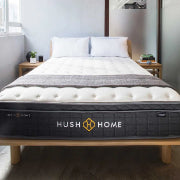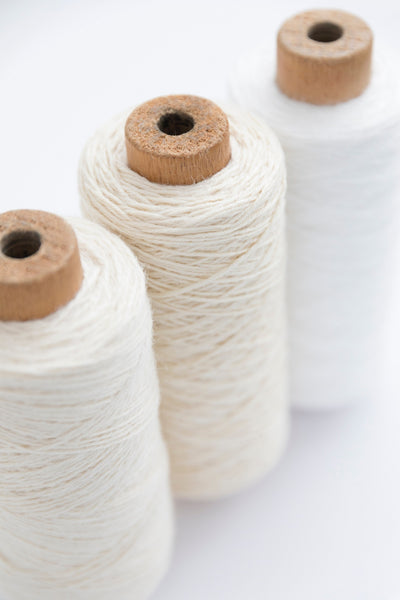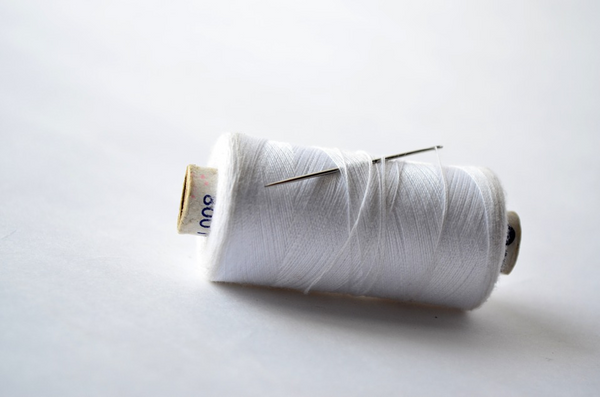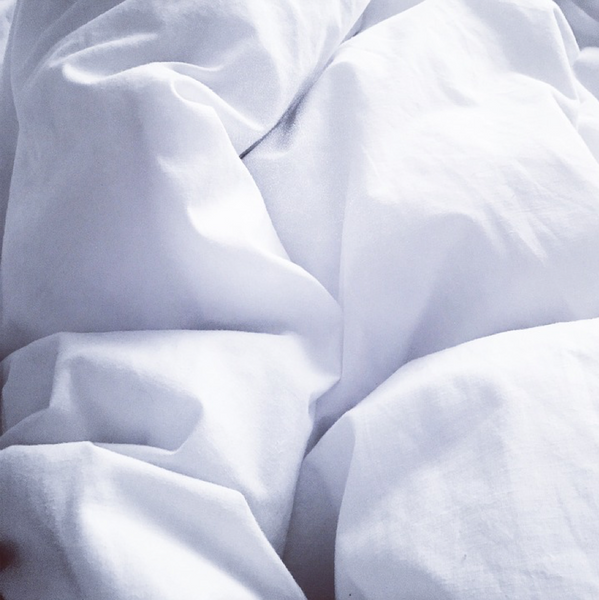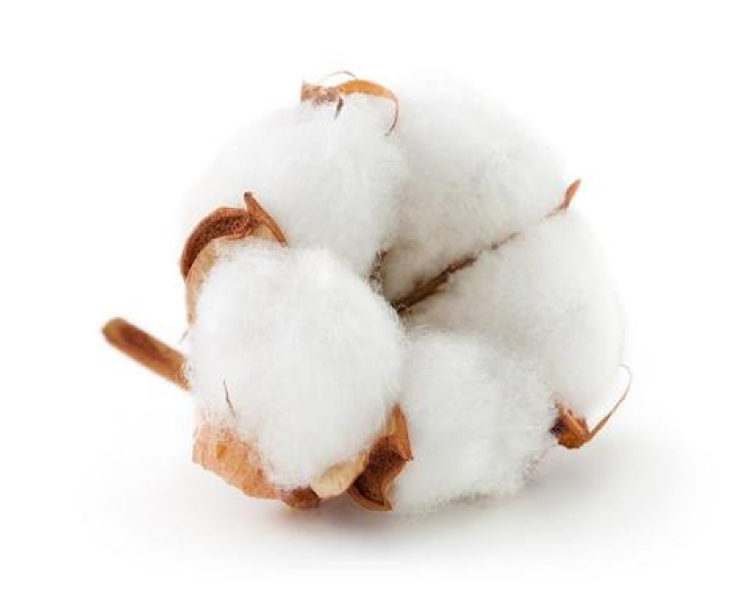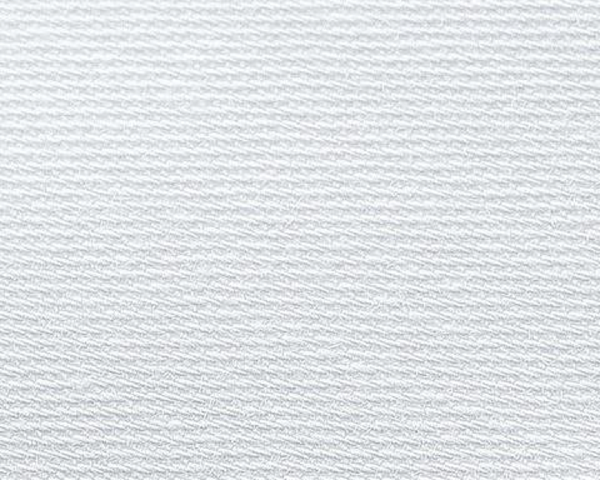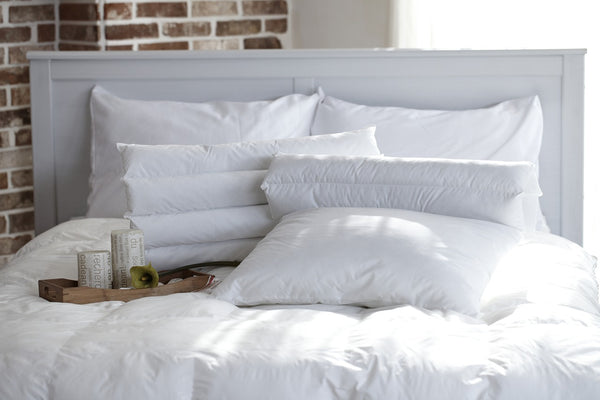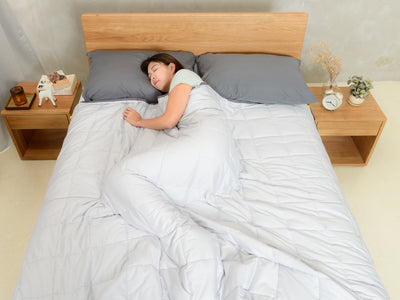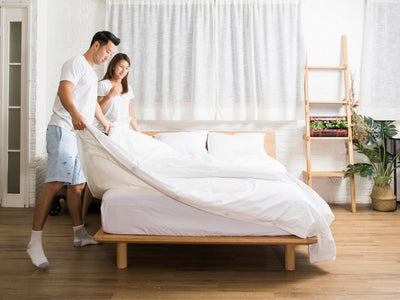Happy Easter Everyone!
➊ 25% OFF EVERYTHING
➋ EXTRA $1000 OFF (spend over $10,000)
➌ EXTRA $2000 OFF (spend over $20,000)
Use Code |
HAPPYEASTER
✦ ENDS IN
days
hrs
min
sec
Mattresses


All
Pillows


All
Bedding


All
Baby & Kids


All
Gifts


All
A good night’s sleep starts with little good things.
Shop Natural


All
About


All
Please wait while we process your order



































